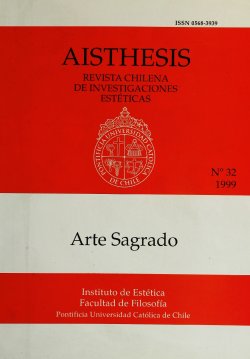Las catedrales goticas y el fin de la edad de la piedra
Main Article Content
Abstract
In the framewrok of the medieval religious architecture, the author tries to undertake an aspect that has been only superficially dealt with, namely, the element medieval European architects used to make their works, i.e., stone. Gothic art would be the proof that the man-stone relationship did not end with the Neolithic, nor with the advent of the so-called Bronze Age, but it continued in the uninterrupted realization of architecture works that conclude, reaching its highest expression point, in the twelfth and thirteenth-century cathedrals.
Downloads
Article Details

This work is licensed under a Creative Commons Attribution-NonCommercial-ShareAlike 4.0 International License.
All contents of this electronic edition are distributed under the Creative Commons license of "Attribución-shareAlike 4.0 Internacional" (CC-BY-SA). Any total or partial reproduction of the material must mention its origin.
The rights of academic works published in this publication belong to their authors., who grant to AISTHESIS: Revista Chilena de Investigaciones Estéticas the license for its use. The management of the permits and the authorization of the publication of the images (or of any material) that contains copyright and its consequent rights of reproduction in this publication is the sole responsibility of the authors of the articles
